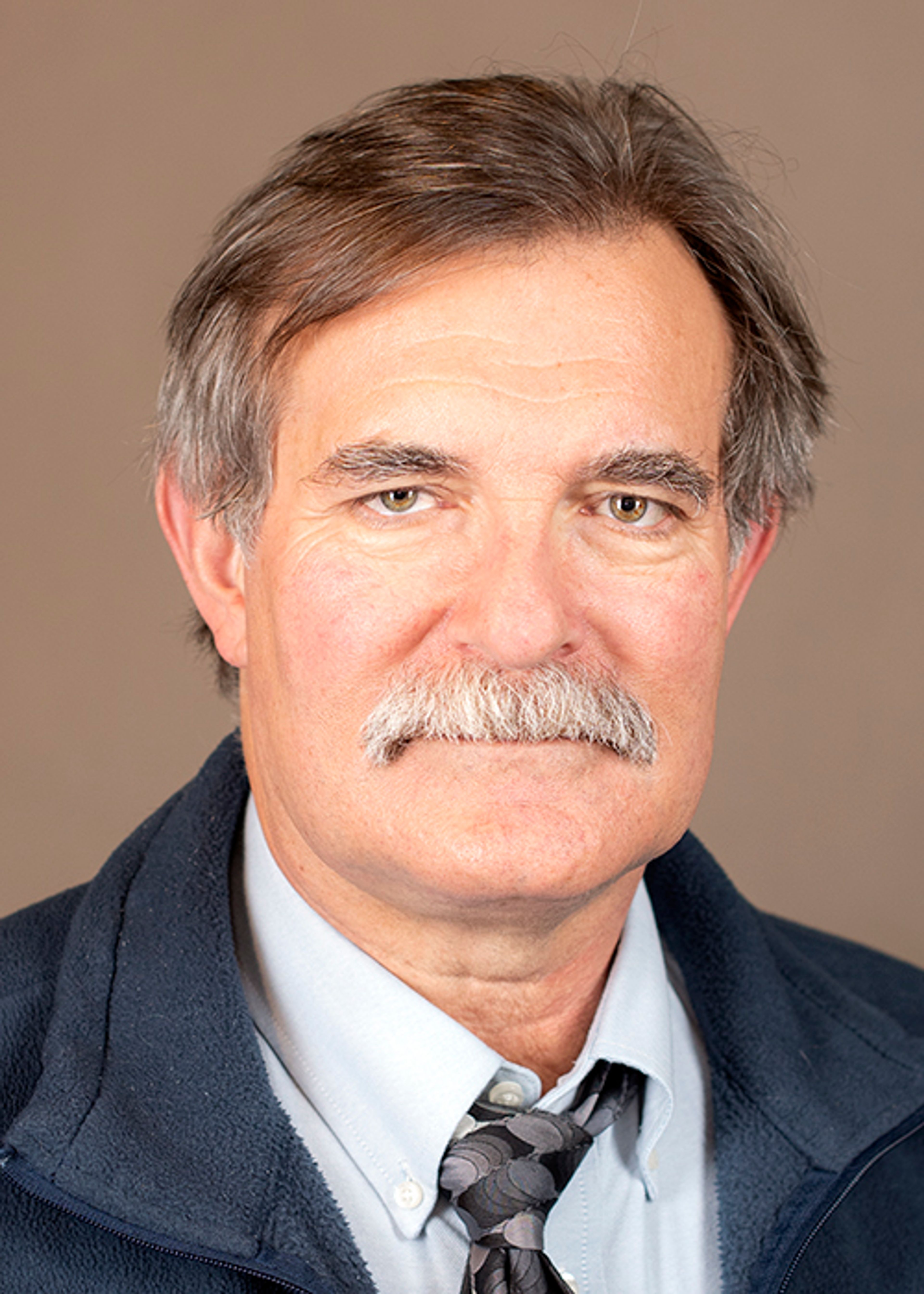For years, the city of Pullman and its residents have envisioned a revitalized downtown with improved infrastructure. Beginning in 2018, the city held visioning sessions with its residents about what a revitalized downtown could look like. The unfortunate onset of COVID-19 brought with it one advantage: millions of dollars of American Rescue Plan Act (ARPA) money that could be used to improve downtown. The city took advantage and hired a reputable consulting firm to help envision what the downtown could look like. The city established a steering committee, held listening sessions, surveyed residents, and in 2022 created a “storybook” that was available online for residents to make comments. Pullman is now ready to go out to bid the project. Now, some citizens are asking the city to halt the project to consider saving the trees.
As a member of Pullman City Council, I have listened to hours of meetings both with experts and concerned residents talking about trees. One of the most important issues is that the project is primarily related to infrastructure. Until the street is removed it is impossible to predict what state it is in, although there is some reason to believe that we’ll encounter issues. The current pipes were guaranteed for only 50 years and we’re well past that limit. There have been gas stations at the corner of Main and Grand long before there was an EPA, raising the specter of ecological issues. If we find issues with the infrastructure, it could well consume all of the ARPA funds, leaving little or nothing for beautification.
Even if we are not able to work on beautification, we must address the buckling concrete which requires the sidewalks to be repaired. The American with Disabilities Act (ADA) requires that the sidewalks have no more than a 2% cross slope. Of course, our sidewalks are currently not in compliance. Once the jackhammers and excavators begin their work, the trees’ roots are at risk. This is because of the way the trees were planted; root systems have spread out as much as 30 feet and near the surface. It is unlikely that concrete and asphalt can be removed without damaging the trees. Even if we can remove the concrete without damaging the trees, pouring new concrete over the roots will result in the new concrete buckling again as soon as a year, forcing us once again out of compliance with the ADA.
We must also acknowledge that the 25-year-old trees are reaching the end of their 30-year life expectancy. Some of the trees’ roots are circling their own root balls, slowly strangling themselves. Other trees’ roots are searching for air and water as they force the concrete up. Still other trees have already died.
Pullman has already spent more than a million dollars to design the project. If we decide to save the trees, we’ll need to redesign the project, costing more money and delaying the project so that we pass the time limits for spending the ARPA funds. If we miss that deadline, it’s hard to imagine what grants the city could obtain, especially when it’s revealed that we had a plan and the funds and simply didn’t do the project.
Those protesting to keep the trees are well intentioned. They cite the beauty of the trees, the cooling effect of the larger trees, and at least one person calls the trees sacred. I am largely in agreement with their points. However, I also acknowledge that urban trees have a limited lifespan because they are encased in concrete and asphalt. As a city council member, I am entrusted not just to protect the trees, but to consider the larger project, the needs of the city, and its residents.
Assuming the infrastructure portion of the project does not consume all the ARPA funds, the sidewalks will be widened, new trees will be planted and crosswalk bulbs will make crossing the streets easier and safer. Protestors have said that our current trees are the only beautiful part of downtown, and I don’t totally disagree — but I do imagine a vibrant downtown that attracts people to Pullman for more than Washington State University, and where trees are just one part of an overall beauty.
Dueben is a Pullman city councilmember, faculty member at Washington State University, mother to two grown-and-flowns, and a wife. She has lived in Pullman for 27 years and is passionate about Pullman and serving her community.








